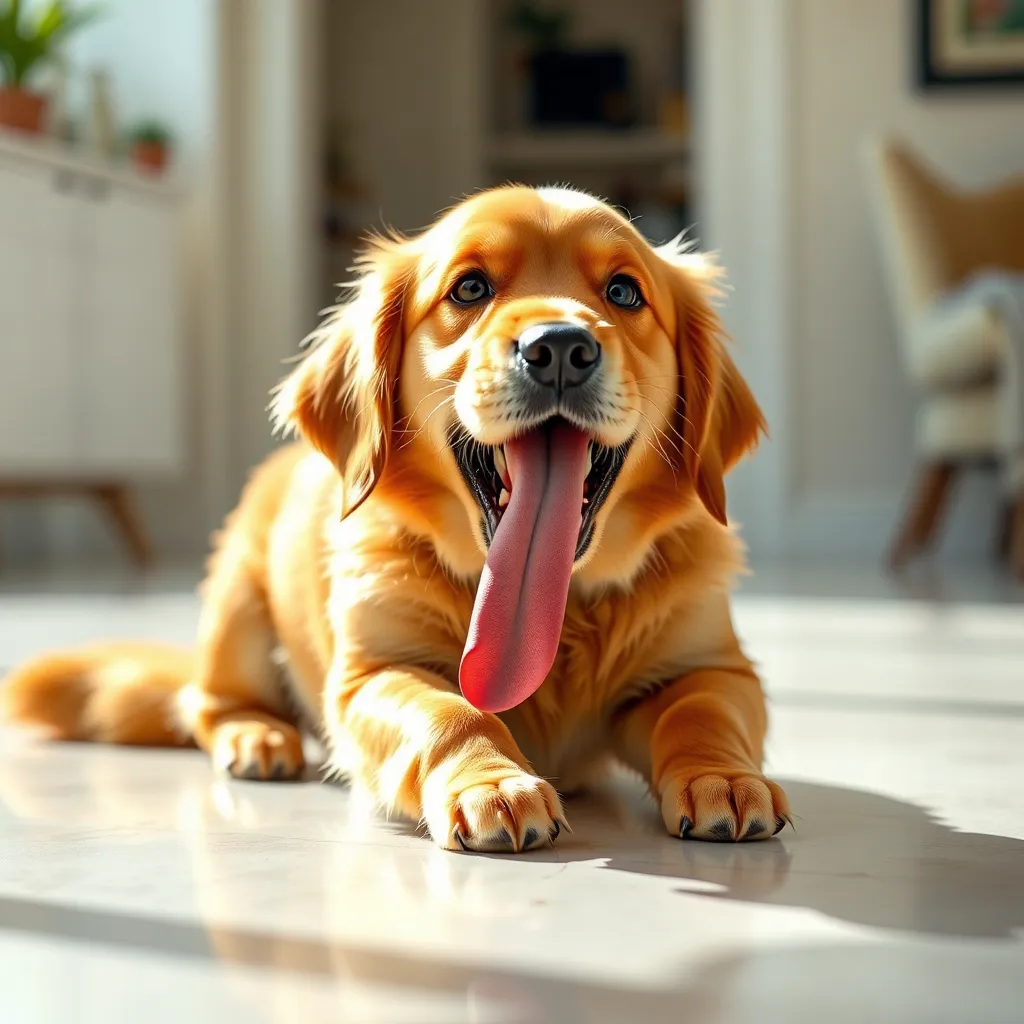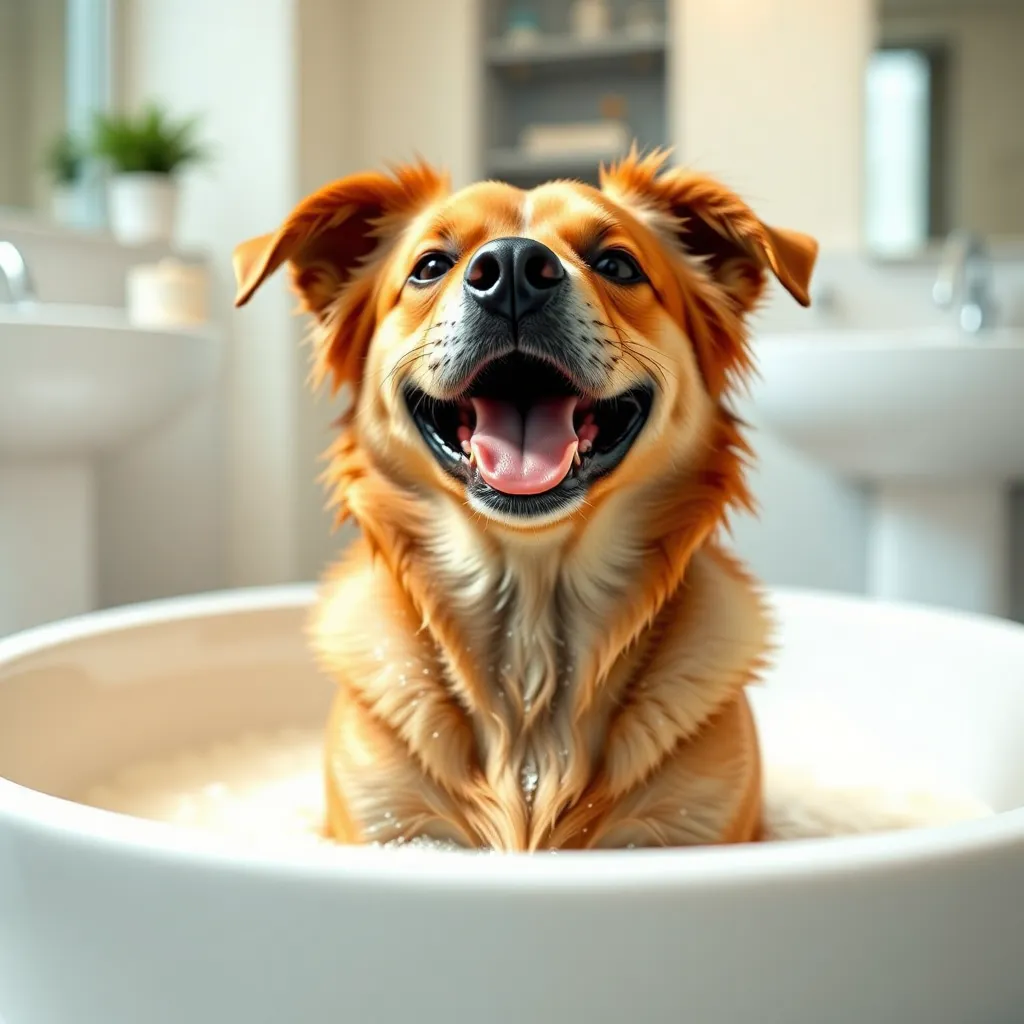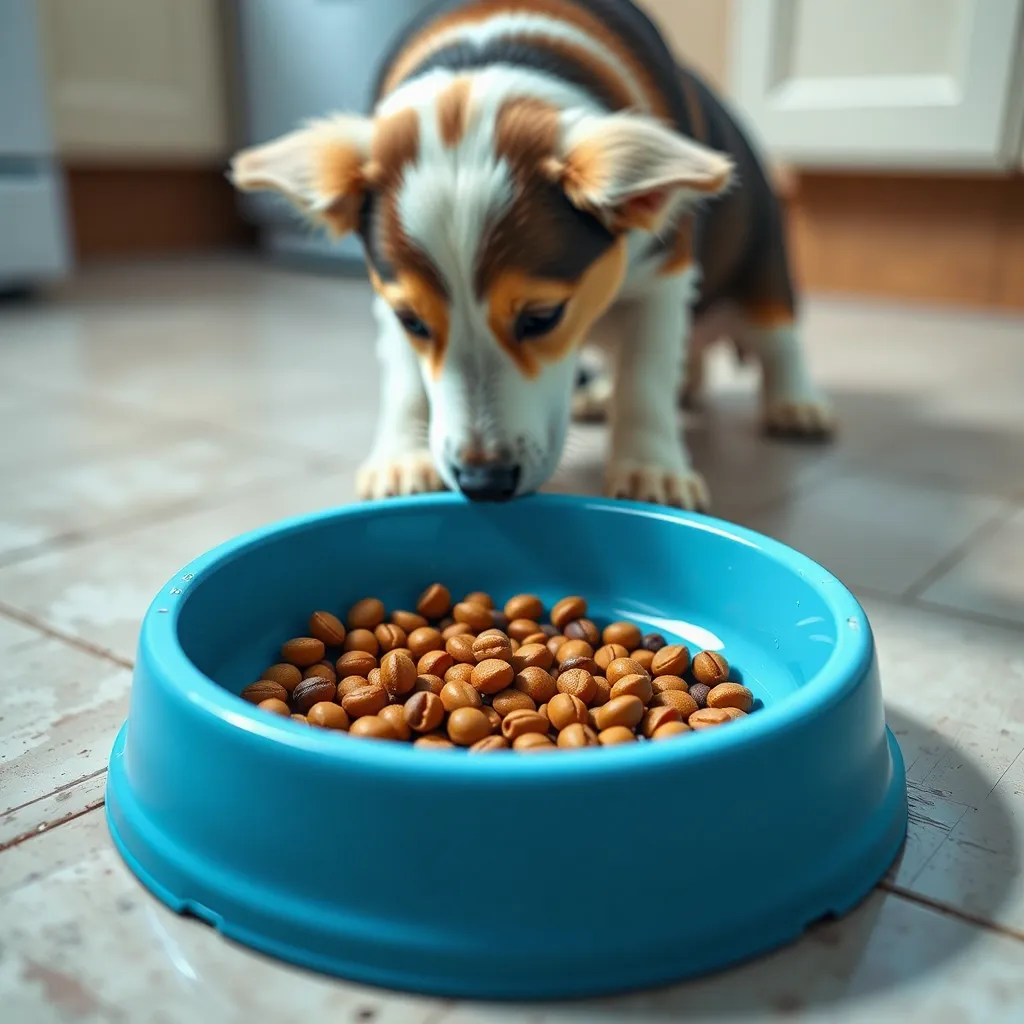Summer is a fantastic time for dog walks and outdoor adventures with your pets. However, the heat can pose significant risks to their health and well-being. This guide provides essential tips for ensuring your furry friends stay safe and hydrated during those sunny summer strolls. By following these simple yet crucial steps, you can help prevent heatstroke and other heat-related illnesses, keeping your beloved companions happy and healthy all summer long.
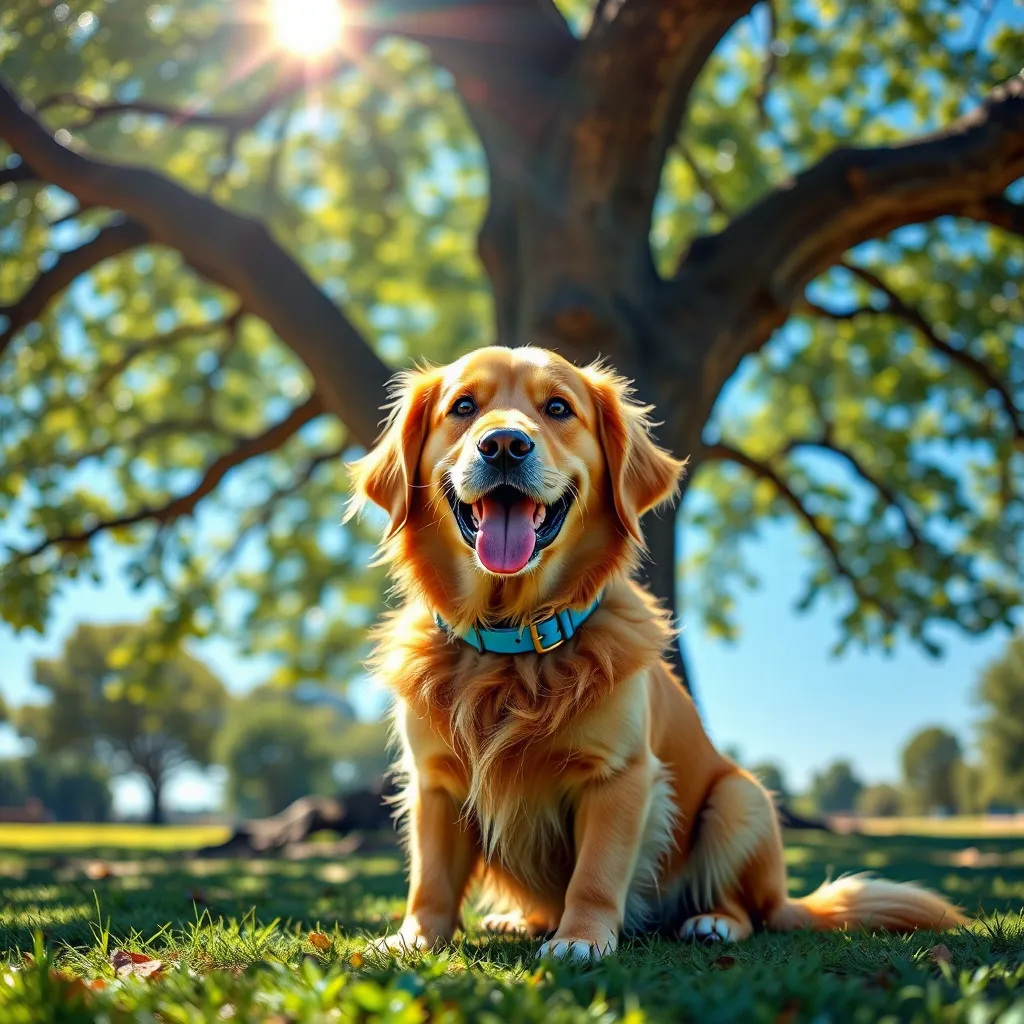
Understanding the Risks of Summer Heat for Pets:
Dogs and cats, unlike humans, regulate their body temperature differently. They primarily rely on panting and sweating through their paw pads to cool down. This makes them highly susceptible to overheating, especially during prolonged exposure to direct sunlight and high temperatures. Symptoms of heatstroke can range from excessive panting and drooling to vomiting, diarrhea, and even collapse. Pet health tips emphasizing prevention are crucial.
Essential Tips for Safe Summer Walks:
- Time Your Walks Wisely: Avoid walking your pet during the hottest parts of the day (typically midday). Early mornings or late evenings are ideal when temperatures are cooler. This simple change can make a significant difference in preventing heatstroke.
- Hydration is Key: Always carry plenty of fresh, cool water for your pet. Consider using a portable water bowl that attaches to your leash or backpack. Regularly offer water throughout your walk, especially during longer outings. Dehydration is a serious concern during summer pet care.
- Choose Your Walking Route Carefully: Opt for shady routes whenever possible. Paved surfaces can absorb and retain heat, making them incredibly hot for your pet’s paws. Grass or dirt trails offer a cooler alternative.
- Watch for Signs of Overheating: Pay close attention to your pet’s behavior. Excessive panting, lethargy, weakness, or vomiting are all signs of potential heatstroke. If you notice any of these symptoms, immediately move your pet to a cool, shady area, offer water, and seek veterinary attention.
- Protect Your Pet’s Paws: Hot pavements can burn your pet’s paws. Consider using paw balm to protect them. If the pavement feels too hot for your bare hand, it’s too hot for your pet’s paws.
- Adjust the Walk Length: Shorter, more frequent walks are preferable to one long walk during hot weather. Monitor your pet’s energy levels and take breaks when needed.
Beyond the Walk: Keeping Your Pet Cool at Home:
Even when indoors, your pet needs protection from the heat. Ensure they have access to cool water and shade. Fans and air conditioning can significantly help maintain a comfortable temperature. Never leave your pet unattended in a parked car, even for a short period. Temperatures inside a car can rise rapidly and become deadly.
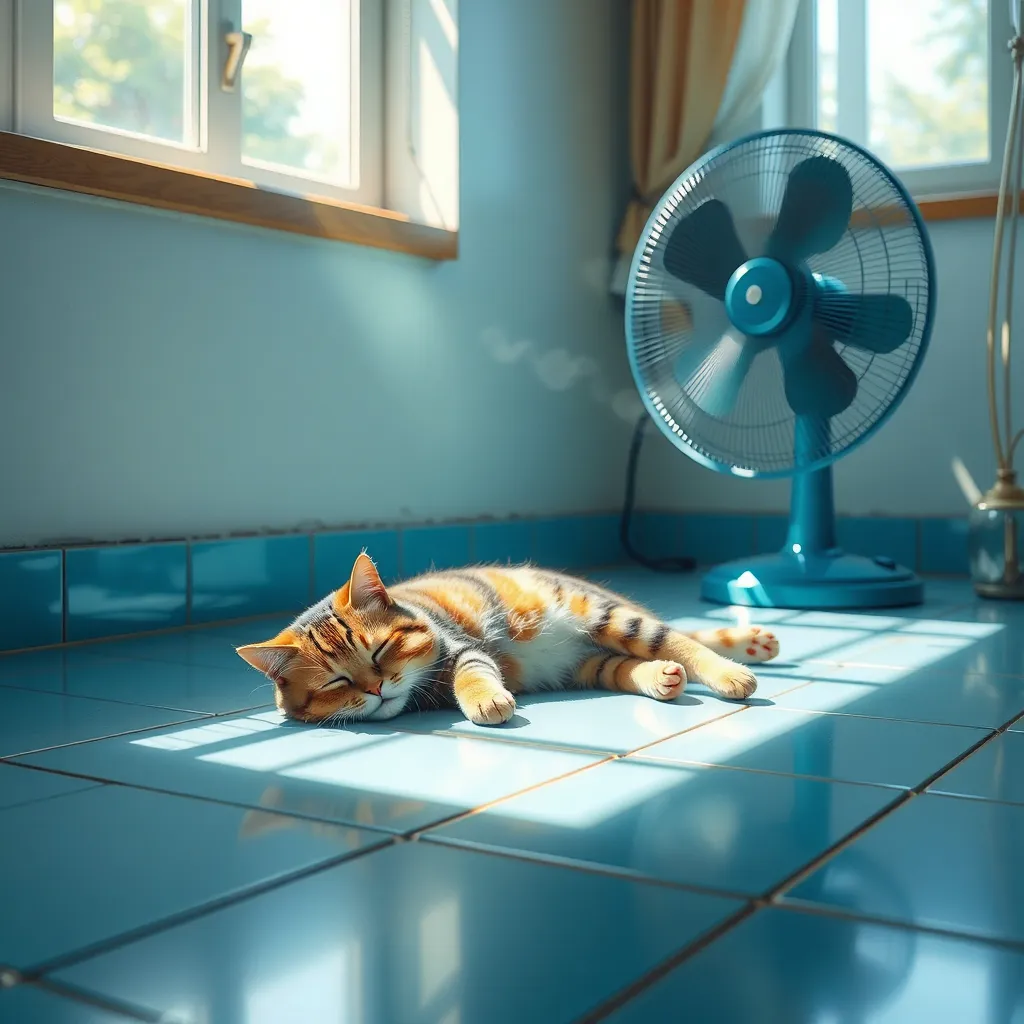
Products to Help Keep Your Pet Cool and Hydrated:
You can find a variety of products designed to keep your pets cool and hydrated during summer. These include portable water bottles, cooling mats, and even cooling vests. For a selection of these items, check out this link: https://amzn.to/3ZlyPU9
FAQ:
- Q: My dog is panting heavily, what should I do? A: Heavy panting can be a sign of overheating. Immediately move your dog to a cool, shady area, offer water, and monitor them closely. If symptoms worsen, seek veterinary attention.
- Q: How often should I offer water during a walk? A: Offer water frequently, at least every 15-20 minutes, especially during longer walks or in hot weather.
- Q: Are all dogs equally susceptible to heatstroke? A: Brachycephalic breeds (dogs with short noses, like Bulldogs and Pugs) are more prone to heatstroke due to their breathing difficulties. Senior dogs and puppies are also more vulnerable.
- Q: Can I use ice water to cool my dog down? A: It’s best to avoid ice water as it can cause shock. Offer cool, but not ice-cold, water.
- Q: What are the signs of heatstroke in cats? A: Similar to dogs, cats exhibiting excessive panting (cats pant less frequently than dogs, so any panting is a concern), lethargy, weakness, vomiting, or diarrhea may be experiencing heatstroke.
By following these guidelines and prioritizing your pet’s well-being, you can ensure that your summer walks remain enjoyable and safe for both of you. Remember, a little preparation goes a long way in preventing heat-related illnesses and keeping your furry friend happy and healthy throughout the summer months. Remember to always consult your veterinarian if you have any concerns about your pet’s health.
Share this content:


